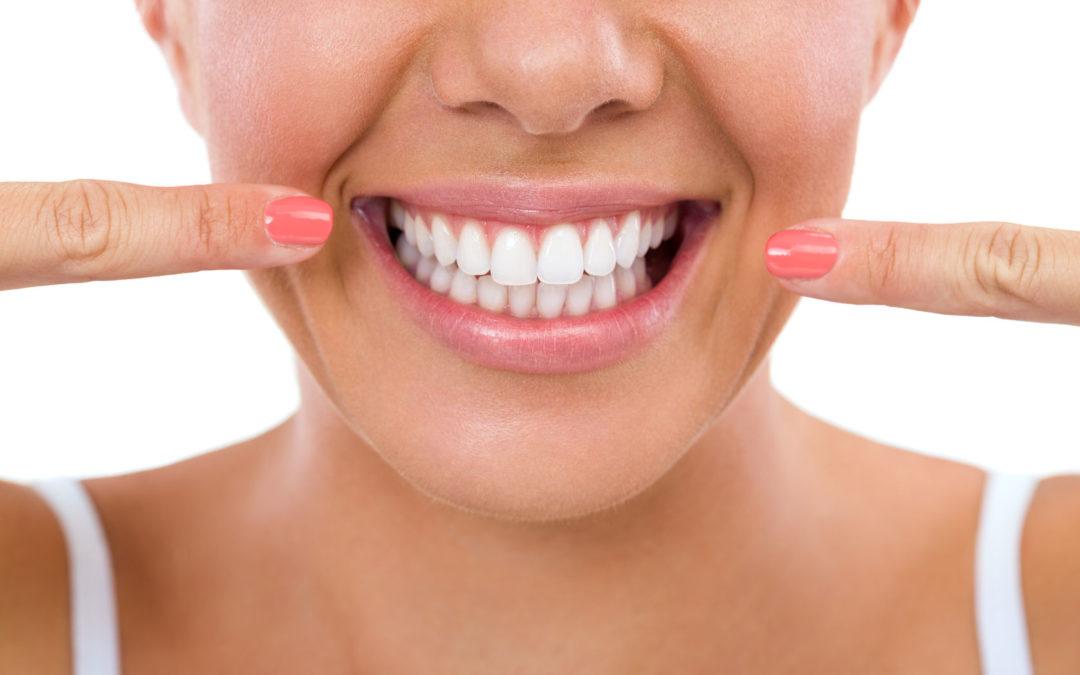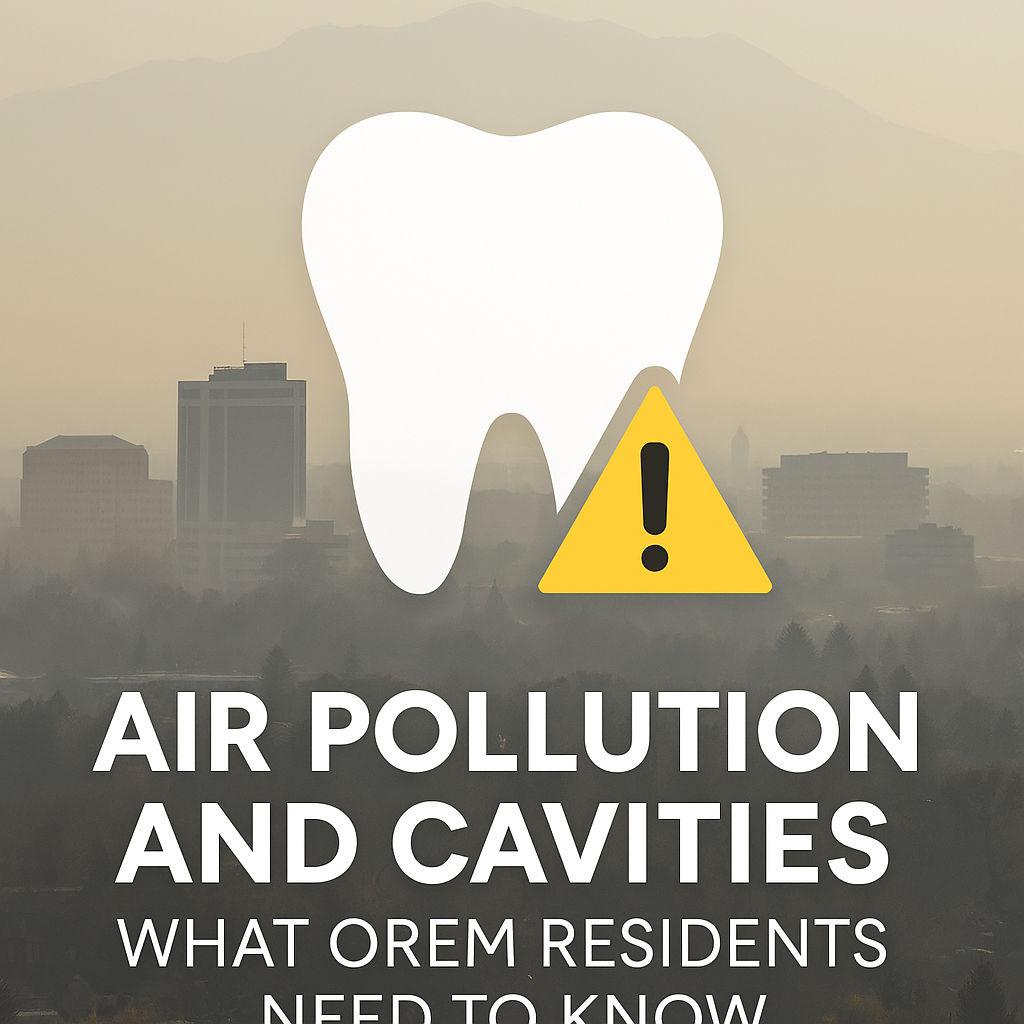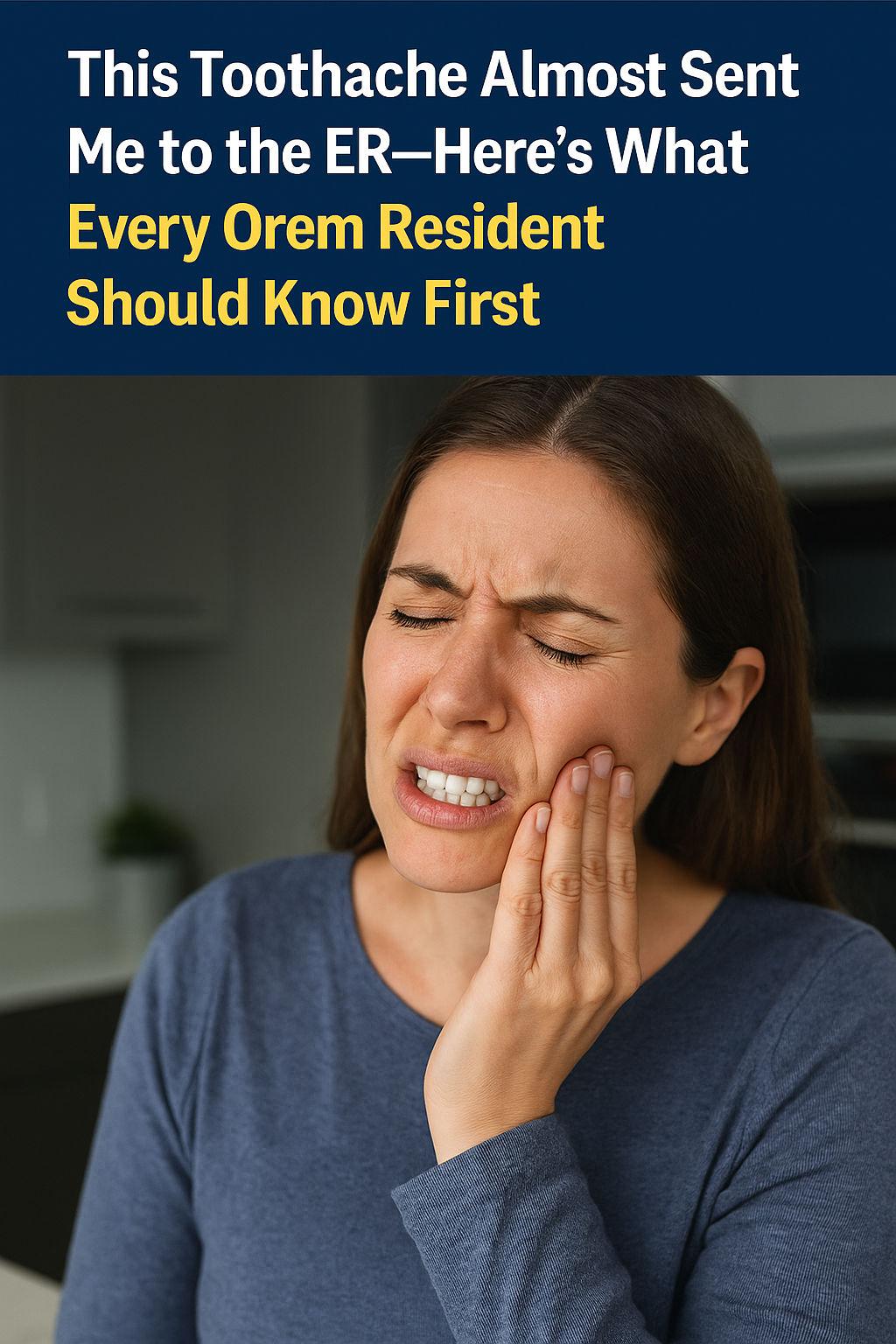When our teeth are healthy, we hardly give them a second thought. Teeth affect our health in many ways, including how we speak and how well we digest the food we eat. Your teeth will benefit greatly from your efforts to improve your understanding of dental health in Orem.
What do you know about those beautiful pearly whites of yours?
What Makes Up a Tooth
The crown, or the top of the tooth, is the visible, white portion of the tooth, while the root, or the bottom portion of the tooth, is invisible. The root is part of the tooth that extends beyond the gum line and secures the tooth within the bone. There are four main types of tissue in your teeth, and they all serve a unique purpose. Some of these are:
Enamel
The tooth’s enamel is the material that people can see when they look at their teeth. Enamel is harder than bone and serves to shield the soft tissues within the tooth from damage. Hydroxyapatite, phosphorus, and calcium all combine to form enamel.
Dentin
Dentin, which lies beneath the enamel, is calcified and has a bone-like appearance. Because of its softer nature, dentin is more susceptible to deterioration if enamel were to ever be lost.
Cementum
This tissue seals over the tooth root and acts as an anchor in the jaw. Taking care of your gums is the greatest approach to prevent decay in this softer tissue, which is more vulnerable than enamel and dentin. The gums and bones normally hide the cementum, which is a pale yellow in hue. Nevertheless, if you don’t take good care of your teeth, your gums might become infected, recede, and expose the cementum to hazardous plaque and germs.
Pulp
The pulp is the soft tissue within a tooth that contains the blood arteries, nerves, and other structures necessary for the tooth to receive nourishment and nerve impulses.
Types of Teeth and Their Functions
Chewing food thoroughly with your teeth facilitates digestion. There are several different types of teeth, each with its own unique function. There are several kinds of teeth, such as:
Incisors
The eight teeth that are located in the front of your mouth are known as the incisors (four above and four below). You may use them to bite into food. Whether you’re a kid or an adult, your incus normally comes in first, perhaps between the ages of 6 and 8.
Canines
You’ll get your four canines (fangs) once your other teeth finish developing. They are your strongest teeth, and they tear and shred food with ease. Primary canines typically develop between the ages of 16 and 20, with the top canines emerging somewhat before the lower canines. When it comes to adult teeth, the sequence is flipped, with lower canines appearing first, somewhere between the ages of 9 and 11, and upper canines appearing later, perhaps between 11 and 12.
Premolars
Bicuspids, also known as premolars, aid in the chewing and grinding processes. Premolars are found in pairs on both the upper and lower jaws of an adult’s mouth. Premolars are the first permanent teeth to develop, usually around age 10; the second set of premolars follows approximately a year later. The first and second permanent molars replace the primary teeth.
Molars
You can also utilize a molar to crush food when you chew it. Primary molars, also known as deciduous molars, are the first molars that erupt in the mouth between the ages of 12 and 28 months. These molars are eventually replaced by the first and second premolars, which are comprised of four upper and four lower teeth, respectively.
The permanent molars (four on top and four below) do not take the place of any baby teeth; rather, they erupt behind the other teeth in the mouth. By age 6 (just before the main molars fall out), the first set of permanent molars erupts, and at about age 11–13, the second set of permanent molars erupts.
By age 6 (just before the primary molars fall out), the first set of permanent molars erupts, and at about age 11–13, the second set of permanent molars erupts.
The wisdom teeth
Wisdom teeth are the popular name for the third molars. These are your wisdom teeth, and they won’t come in until you’re in your late teens or early twenties. Third molars don’t always come in for everyone. If so, you might need to get rid of those back molars since they’re crowding everything else out. Those that fail to erupt completely are considered affected and are often removed.
Don’t neglect your teeth or oral health; they are vital parts of your body. Brush and floss your teeth twice daily, don’t smoke, have a balanced diet, and schedule frequent visits to the dentist to maintain optimal oral health. A beautiful smile and a healthy mouth go hand in hand.





